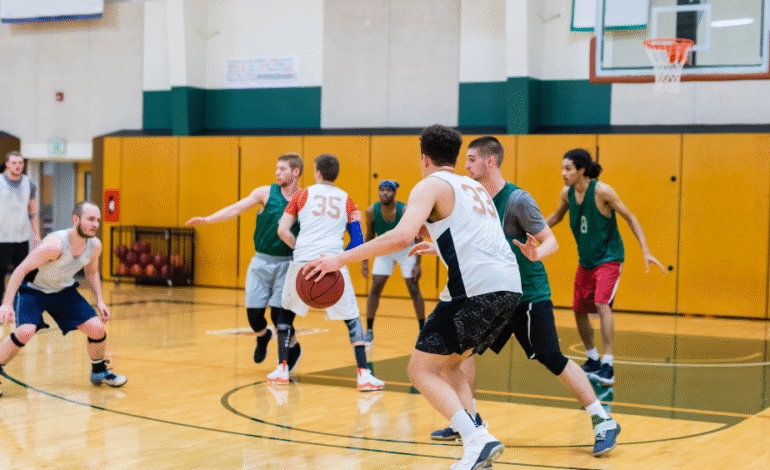College Sports in 2025: Professionalization and Competitive Evolution

Growth and Commercialization
College sports in the United States have entered an era of unprecedented professionalization and commercial influence. The total aggregate athletic budgets exceed $18 billion, driven by lucrative media rights deals, sponsorship agreements, and growing fan interest in collegiate competitions. College sports programs increasingly operate like professional franchises, with dedicated marketing, analytics teams, and advanced training facilities.
Recent changes in athlete compensation laws—specifically Name, Image, and Likeness (NIL) rights—have transformed the landscape by allowing athletes to monetize their personal brands. This has led to more strategic partnerships and greater athlete agency, though it also introduces disparities between programs and players.
Athlete Performance and Health
Collegiate programs are leveraging AI and wearable technology to monitor athlete workload, prevent injuries, and optimize recovery protocols. This scientific approach to training and health management aligns with the professional leagues, creating a talent pipeline more prepared for elite competition. Early intervention tools reduce long-term injury risks and enhance academic-athletic balance, supporting athlete well-being.
Fan Engagement and Media Evolution
Collegiate sports consumption continues diversifying with streaming services and social media platforms expanding access beyond traditional broadcast. Conferences and universities tailor content for younger viewers who prefer highlights, interactive stats, and behind-the-scenes access. Personalized digital experiences deepen fan connections while opening new sponsorship and merchandising opportunities.
Digital ticketing and in-stadium technologies improve the live experience, with real-time replays, augmented reality, and mobile ordering becoming standard in major venues. This investment also supports greater attendance amid competition from professional leagues.
Diversity, Equity, and Inclusion (DEI) Initiatives
DEI remains a high priority for college sports, focusing on expanding access to athletics for underrepresented groups. Programs promote leadership opportunities for women and minorities, improve community outreach, and ensure equitable resource distribution across men’s and women’s teams. Transparency in hiring practices and athlete support services demonstrate institutional commitment to inclusion.
Challenges and Future Directions
Despite financial growth, college athletics must navigate complex NCAA regulations, eligibility questions, and public scrutiny regarding athlete health and academic integrity. The balance between commercial success and educational missions remains a key challenge.
Looking ahead, integration of advanced analytics, enhanced athlete support services, and evolving media models will define competitive advantage. Collaboration between educational institutions and professional leagues continues to strengthen, ensuring college sports remain a critical part of the American sports ecosystem.






